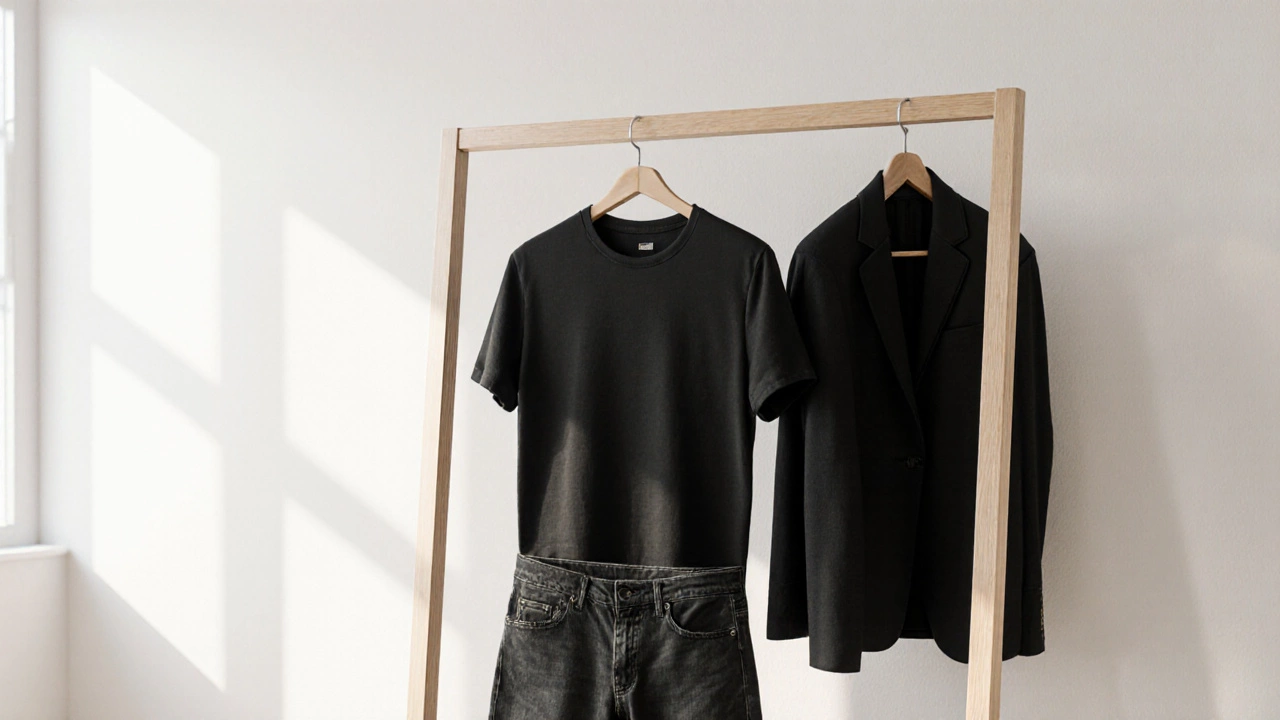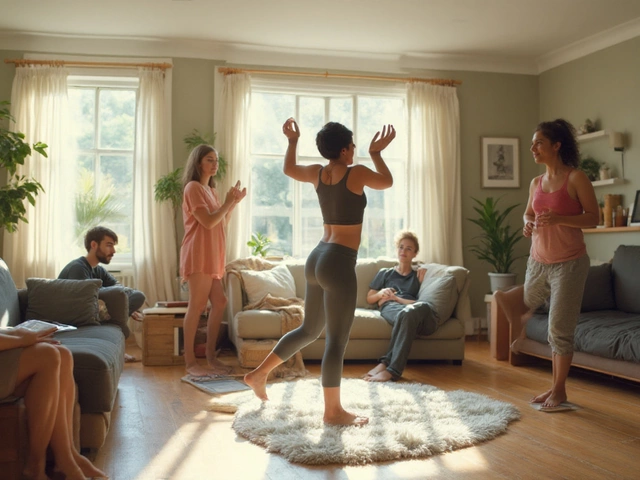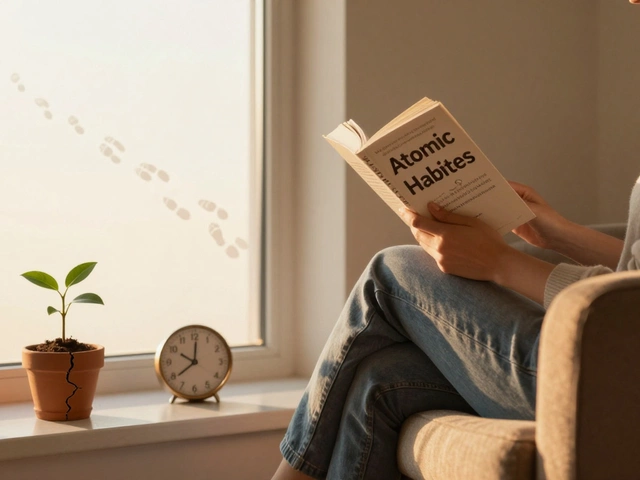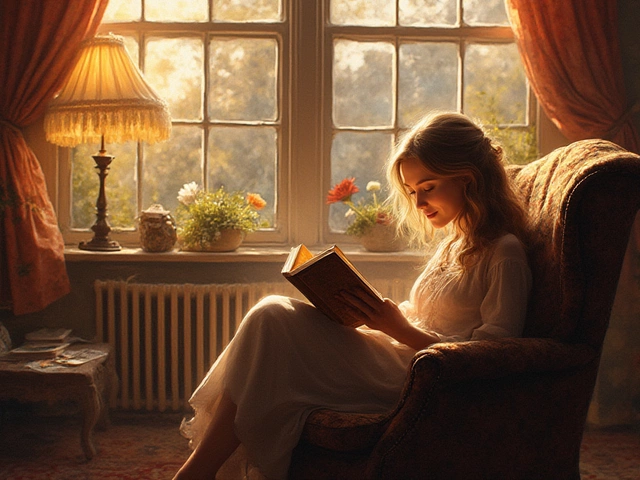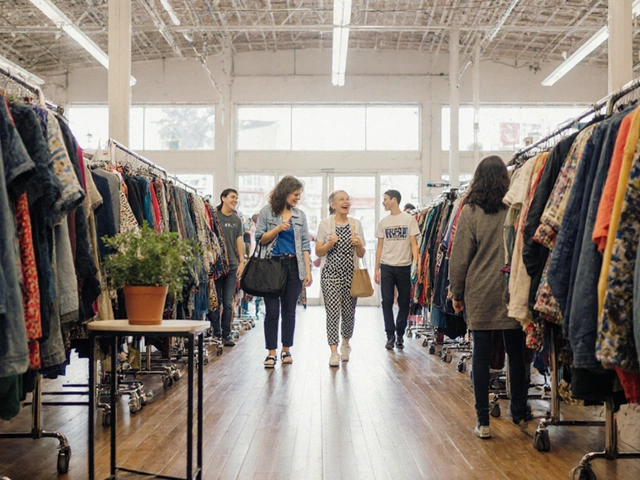Color Psychology: How Colors Influence Mood, Behavior, and Choices
When you walk into a room painted deep blue, do you feel calmer? Or does a bright red shirt make you feel more confident? That’s not coincidence—it’s color psychology, the study of how hues affect human behavior, emotions, and decision-making. Also known as color theory in practice, it’s not just for artists and designers—it’s in your grocery store, your phone app, and even your wardrobe choices. This isn’t about superstition. Real research shows that color can lower stress, speed up reactions, or even make you eat more—or less.
Think about color and mood, how specific shades trigger emotional responses. Blue often brings calm—it’s why hospitals and spas use it. Red increases heart rate and urgency, which is why it’s used in clearance sales and warning signs. Yellow boosts energy and optimism, but too much can cause anxiety. These aren’t guesses—they’re patterns confirmed in studies across cultures. And it’s not just walls and clothes. The color of your phone’s app icons, the packaging of your coffee, even the font color on your screen—all of it quietly shapes how you feel and what you do.
Then there’s color in design, the intentional use of hue to guide attention, trust, and action. Brands spend millions getting this right. Think of Facebook’s blue making you feel safe sharing, or Spotify’s green making you feel energized to play music. Even in your home, choosing the right color for your bedroom can improve sleep. For those who care about sustainability, color plays a role too—neutral tones often signal eco-friendliness, while bold colors can imply fast fashion. And in fashion, your personal color palette isn’t just about looking good—it’s about feeling aligned with who you are.
You don’t need a degree in psychology to use this. Start small: switch your bedroom light to warm white if you’re struggling to sleep. Try wearing a green shirt on days you need calm focus. Notice how a yellow kitchen makes you feel more awake in the morning. These aren’t magic tricks—they’re subtle tools built into how your brain works. The posts below show you how color psychology shows up in real life: from fashion choices and skincare branding to how you organize your home and even what you eat. You’ll see how professionals use it, how everyday people accidentally get it wrong, and how you can use it to feel better, move better, and live better—without spending a dime.
Why Minimalists Wear Black: Psychology, Practicality, and Style
Categories
RECENT POSTS
What Do Minimalists Do With Gifts? Practical Ways to Receive Without Clutter
Minimalists don't reject gifts-they reframe them. Learn how to receive thoughtfully, let go guilt-free, and turn unwanted presents into meaningful connections without adding clutter to your life.
Best Indoor Exercise: Top Workouts for Health and Fitness at Home
Get practical tips and a clear guide on the best indoor exercise. Learn which workouts deliver results, actual science behind them, and free ways to get fitter—right at home.
Best Life-Changing Books That Actually Work
Discover the best life-changing books that actually transform habits, mindset, and purpose. No fluff-just proven books that shift how you think and live.
Life-Changing Books: Stories That Shape Who We Become
Explore how a single book can change your life. Discover stories, research, and top tips for finding the book that could spark your next big transformation.
Is Goodwill Actually Sustainable? A Deep Dive into Thrift Store Impact
Explore Goodwill's real impact on sustainability, carbon savings, waste diversion, and social benefits. Find data, myths, and tips for greener thrift shopping.
